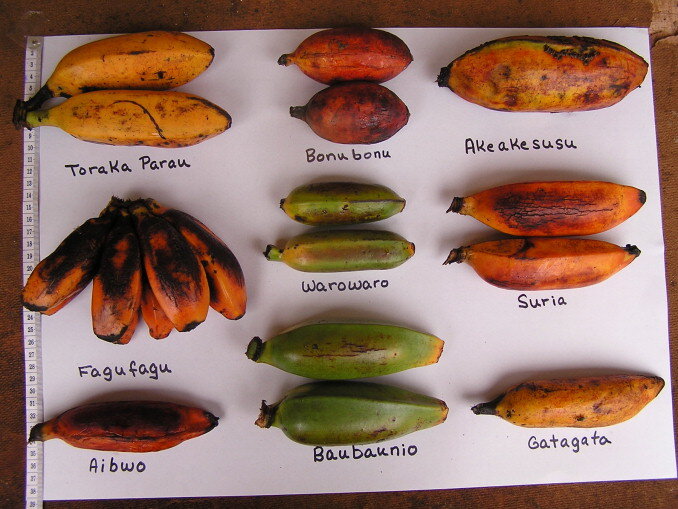PICTURED: Aerial view of the landscape around Halimun Salak National Park in West Java, Indonesia. Swidden farming dominates in this region, but the practice of agroforestry is catching on. PC: Kate Evans CIFOR.
A new and inventive look at modern food systems in developing nations can be found lately on the USAID and UK Foreign/Development Office-backed Center for International Forestry Research. The report links food, nutrition, and environment in Indonesia, and queries why in one of the most diverse countries for biomes and traditional cultures, are people consuming so much rice, sugar, noodles, and other empty carbs?
The problem is not limited to Indonesia, and a summary by Alpha Food Labs, who specialize in bringing packaged food products of extensive biodiversity to markets in the U.S., reveals that 75% of all food made and eaten by humans are represented by 12 plants, and 5 animals.
In the report, the authors note well-researched biodiversity concepts like the greater number of species a population consumes, the generally-better-protected they are from negative health outcomes, such as micronutrient deficiencies or child stunting. 46% of Indonesian children, they note, fail to attain adequate diversity in their diet, according to government statistics, while the UN Food and Agriculture Organization tracks obesity rates on the rise towards 35% of the population with accompanied rates of non-communicable diseases like cardiovascular disease, et al.
The story is well-understood in western society, not only in ourselves, but among the First Nations. As soon as a population begins consumption of refined grains, grown in mono-cropped fields, accompanied with less physical activity and sugary foods and drinks, their health declines.
In stark contrast to this is the biodiversity of the country and its diets. With more than 16,000 islands, as dry as Komodo and as wet as Borneo, Indonesia contains a startling variety of species and biomes. 300 different cultivars of bananas, and another 208 varieties of mango, highlight this. The Ministry of Environment and Forestry records that community diets across the nation contain 100 types of carbohydrate and another 100 legumes, 250 species of vegetable and double that number of fruits.
PICTURED: Various cultivars of bananas from the Solomon Islands. PC: Englberger et al. released from Science Direct.
The oceans around the islands contribute 80% of the nation’s fish for consumption. In contrast the U.S. imports 90% of the fish it consumes. Indonesian waters create fish richer in calcium, zinc, and iron, than fish found elsewhere. Even rice, the crop that now threatens to wipe out traditional food supplies, used to number in the eight-thousands in terms of varieties. There are now just 6 grown at scale, with only 2 of those being local species.
“We argue that policies supporting the re-localization of food systems in Indonesia merit particular attention, as such policies would encourage local people to regain power over their food systems at regional, provincial, regency and even community level,” write the authors.
If this were pursued, despite the government’s strong commitment to rice production, there would not need to be a discussion of the environmental impacts of agriculture, as many of these local agronomic systems rely on an intact tropical rainforest.
The authors note that bananas, pineapple, mango and mangosteen, illipe nut, sago—a kind of pulp made from palm hearts that has a lower glycemic index score than rice, and nypa palm fruit, all grow in even the wildest and most natural forests, and are often tied in with local community knowledge and cooking tradition.
All of these foods are far more nutrient dense than rice or sugary sweets.
Growing native food in native forests would preserve biodiversity, create more potentially-livable conditions for endangered wildlife, avoid contaminating areas with invasive species, or ones less-tolerant of Indonesian conditions.



